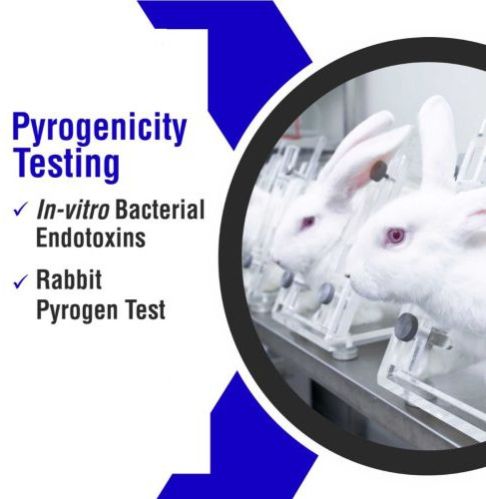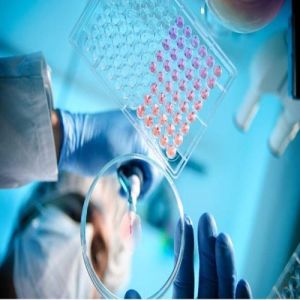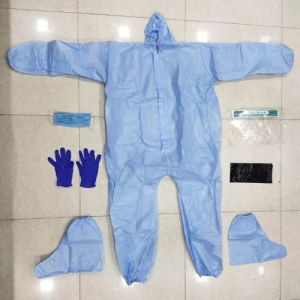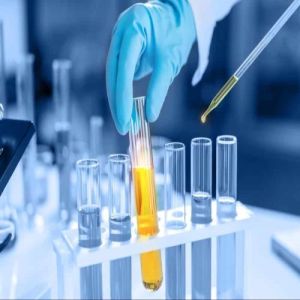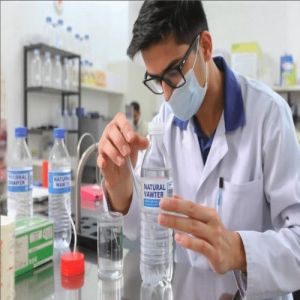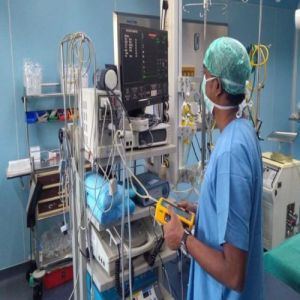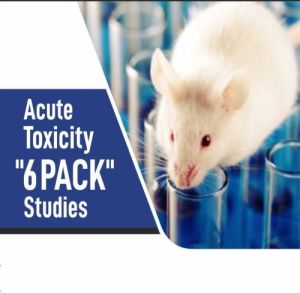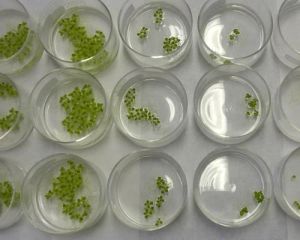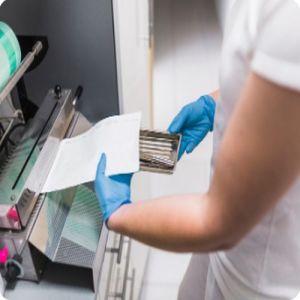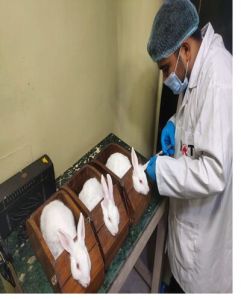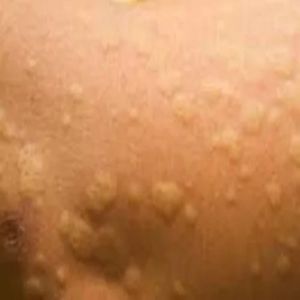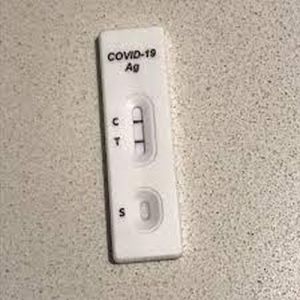- View Mobile Number
iirtdelhi@gmail.com
Pyrogenicity testing evaluates whether materials used in medical devices or their extracts contain pyrogens—fever-inducing substances that can cause harmful febrile reactions when introduced into the body. The most common pyrogens are bacterial endotoxins, primarily from Gram-negative bacteria, but non-endotoxin pyrogens may also be present. These substances can trigger immune responses leading to fever, inflammation, or even shock, making their detection critical for ensuring patient safety.
This testing is a key component of the systemic toxicity evaluation outlined in ISO 10993-11, which governs the biological evaluation of medical devices. Pyrogenicity testing ensures that products, especially those in direct contact with blood or internal tissues, do not elicit adverse systemic effects. Common test methods include the Rabbit Pyrogen Test and the Bacterial Endotoxins Test (BET or LAL test). These tests are essential in regulatory approval processes for injectable products, implantable devices, and surgical instruments.

